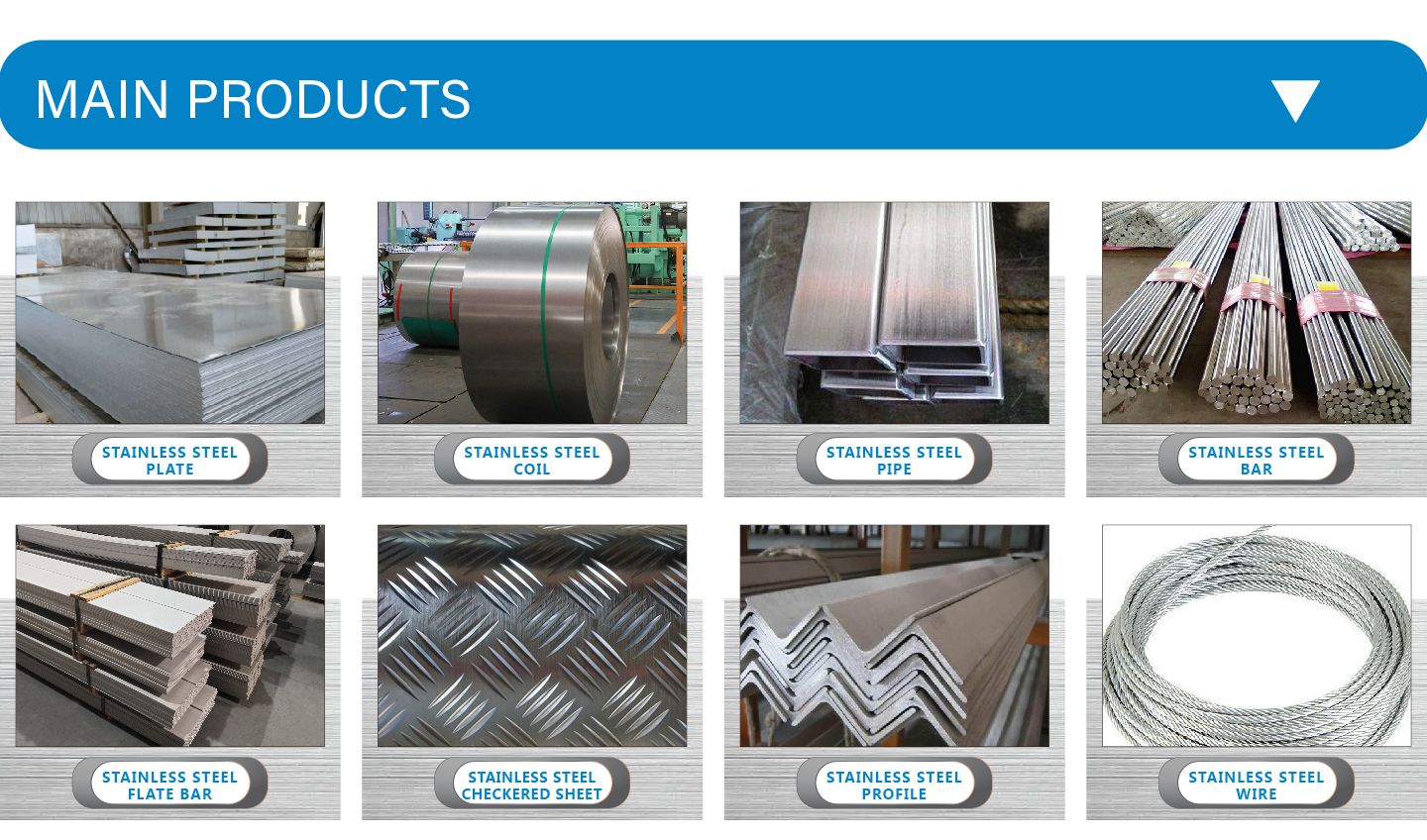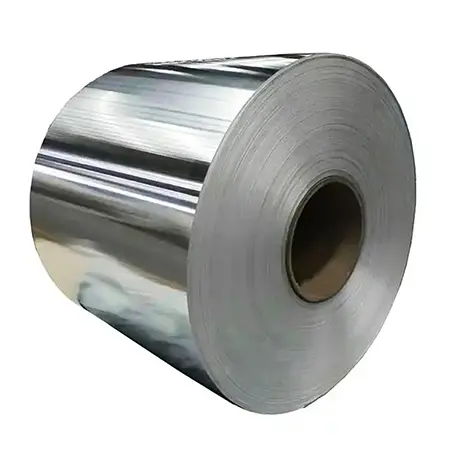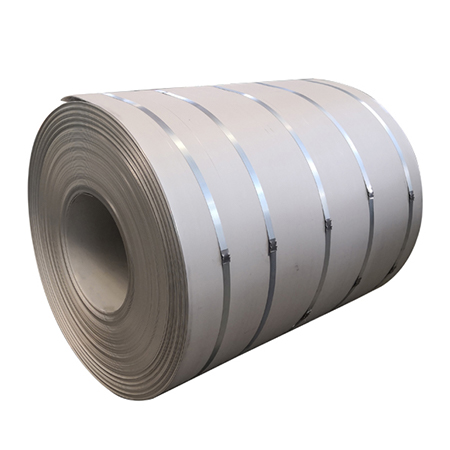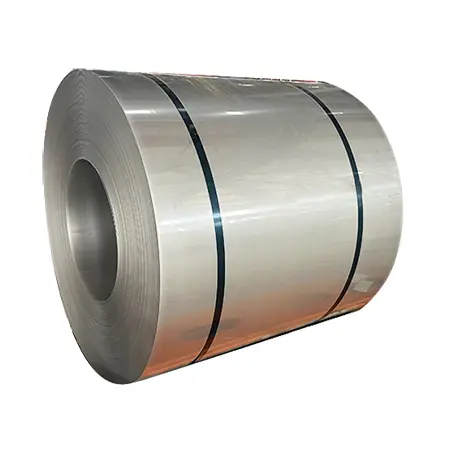Introduction
AISI 436 stainless steel coil is a specialty ferritic stainless steel designed for applications requiring good formability and improved surface finish compared to standard 430 stainless steel. It belongs to the 400 series and is a variation of AISI 434 with added columbium (niobium) to minimize surface imperfections like "roping" or "ridging" during forming processes.
Composition
The primary element in AISI 436 is chromium, typically ranging from 16% to 18%, providing the base level of corrosion resistance. Manganese is also present in a small amount, contributing to strength and hardness. The key differentiator from 430 is the addition of columbium (typically around 0.35%) which refines the grain structure and minimizes surface irregularities during forming.
Characteristics
Excellent Formability: AISI 436 boasts exceptional formability, even exceeding that of AISI 430. This makes it ideal for applications requiring complex bends, deep draws, and intricate shapes. The addition of columbium helps maintain a smooth surface finish during forming.
Improved Corrosion Resistance: Compared to AISI 430. 436 offers slightly better corrosion resistance due to its finer grain structure and smoother surface. This allows for better performance in mildly corrosive environments. Proper surface finishing and maintaining cleanliness are still important for optimal corrosion resistance.
Magnetic: As with other ferritic stainless steels, AISI 436 is magnetic in all conditions.
Weldability: Similar to AISI 430. AISI 436 has limitations in welding due to its ferritic structure. Welding can negatively impact corrosion resistance and toughness, requiring special precautions and potentially post-weld heat treatment. Alternative joining methods might be preferable for some applications.
Moderate Strength and Hardness: AISI 436 offers moderate strength and hardness compared to other stainless steels.
Uses
Due to its exceptional formability, improved surface finish, and adequate corrosion resistance, AISI 436 stainless steel coil finds application in various industries, including:
Automotive Trim: Components requiring good formability and a bright, finished appearance, such as automotive trim pieces, can benefit from AISI 436.
Appliance Parts: Certain appliance parts requiring deep drawing and a good surface finish, like washing machine tubs or dishwasher components, can utilize 436.
Building Materials: Architectural panels, enclosures, and decorative elements requiring intricate forming and a visually appealing finish can be made from AISI 436.
Electronic Components: Electronic enclosures and boxes in dry environments can benefit from the formability and affordability of 436.
Product Specifications
| Specification | Description |
| Grades | 304. 304L, 316. 316L, 310S, 321. 410. 430. and more |
| Thickness | Ranges from 0.1mm to 20mm |
| Width | From 600mm to 1500mm, catering to specific project needs |
| Weight | Coils can be supplied in standard and custom weights, depending on customer requirements |
| Surface Finishes | 2B (mill finish), BA (bright annealed), No.4 (brushed), Mirror (reflective finish), and Satin (soft sheen finish) |
| Surface Treatments | Annealing, Pickling, Passivation, and Polishing for enhanced corrosion resistance and appearance |
Additional Points
AISI 436 comes in various standard specifications, such as ASTM A240/ASME SA240. ensuring consistent material properties.
Due to limitations in weldability, alternative joining methods like riveting or spot welding might be preferred for some applications.
When requiring both excellent formability and high corrosion resistance, AISI 301 (austenitic) stainless steel could be an alternative, although it typically comes at a higher cost.







